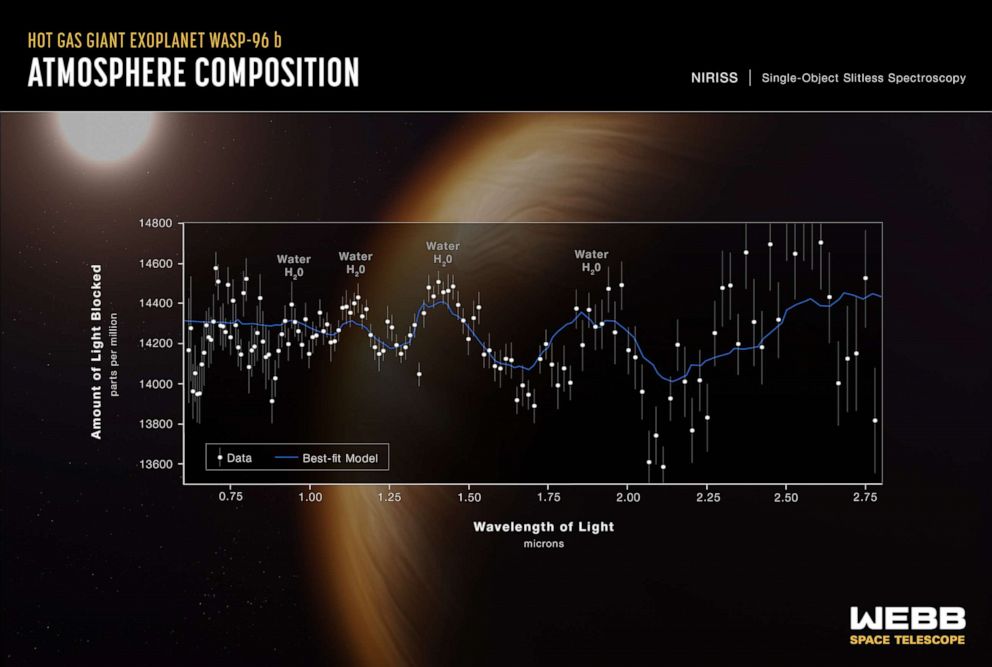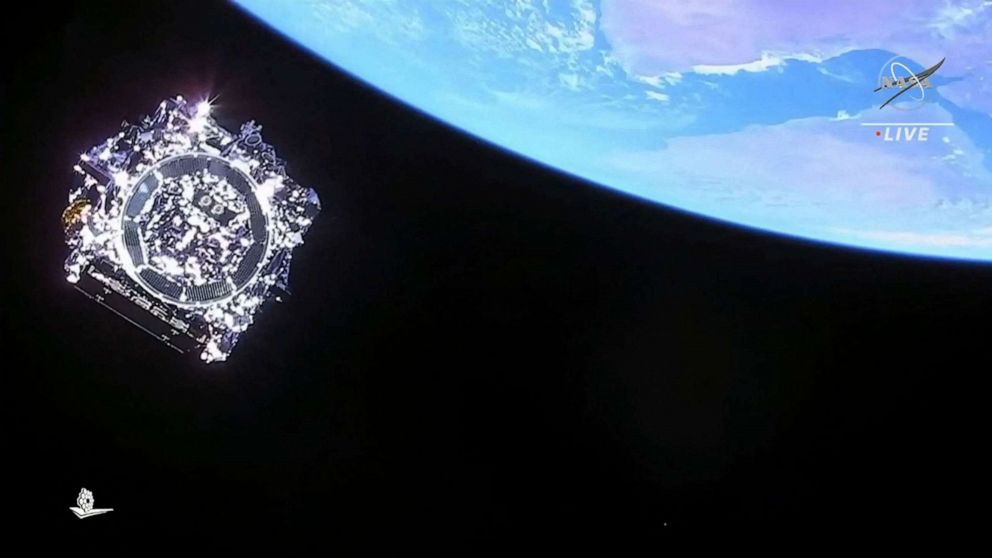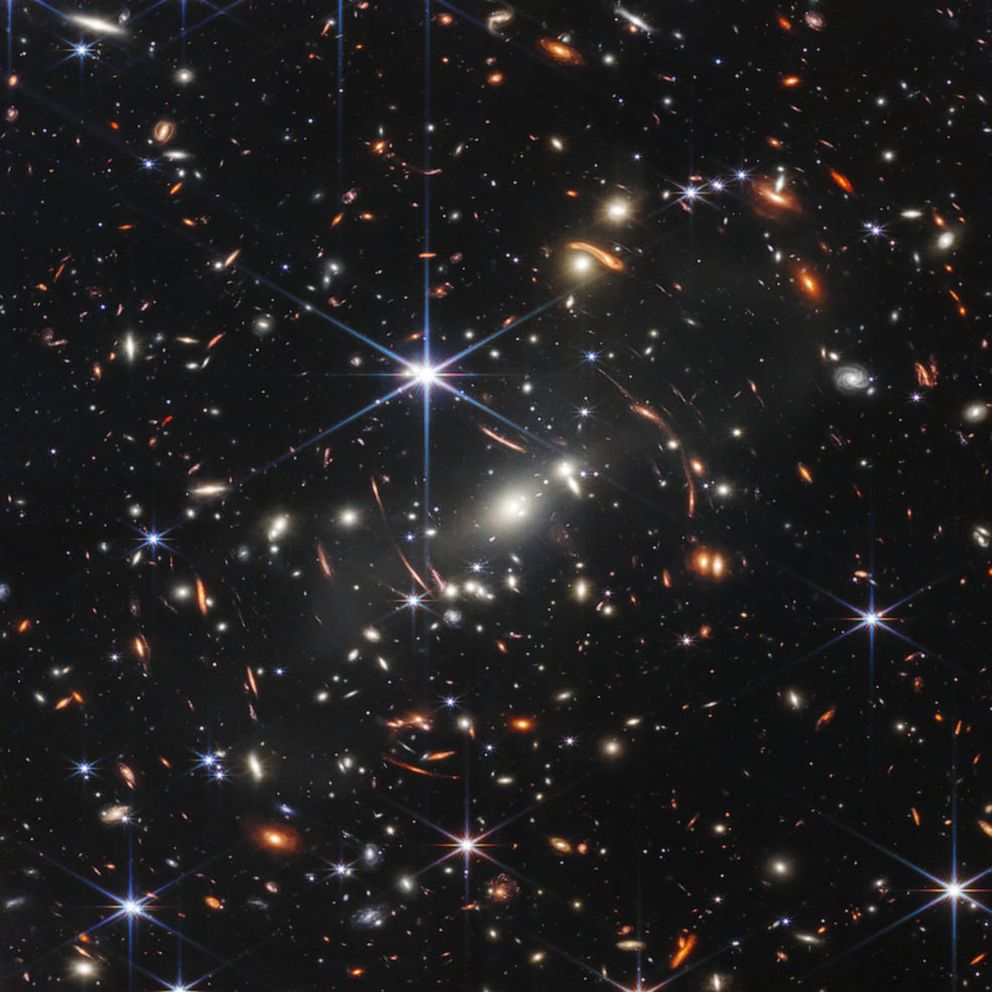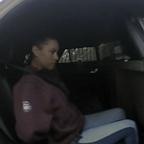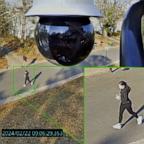New telescope shows image of dying star
A new image released by NASA from the James Webb Space Telescope shows a planetary nebula, known as the Southern Ring Nebula, as it is dying.
The image shows a star expelling gas and dust as it dims with the ionized gas seen in "unprecedented detail."
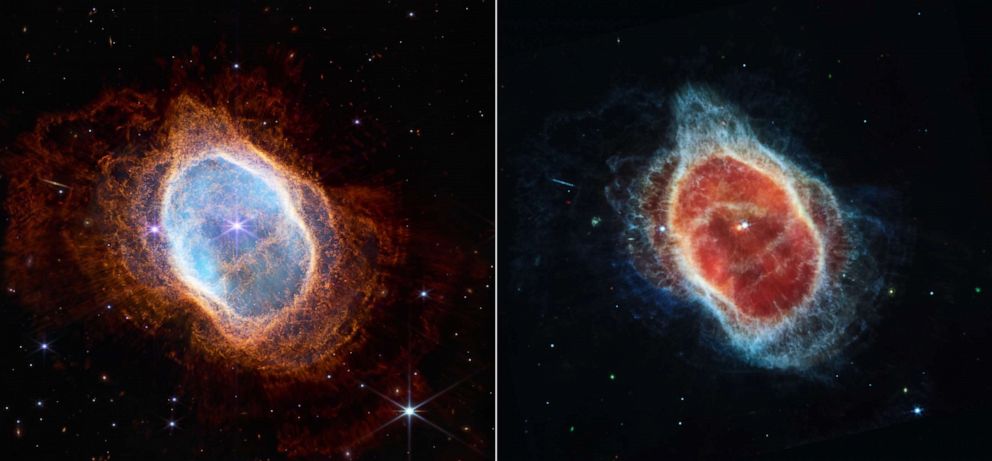
According to NASA, the star at the center of the image has been sending out rings of gas and dust for thousands of years in all directions and the telescope revealed it is "cloaked" in dust.
